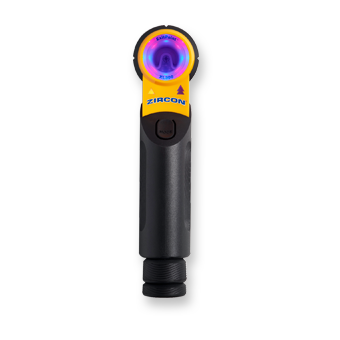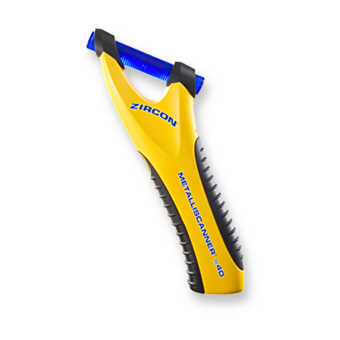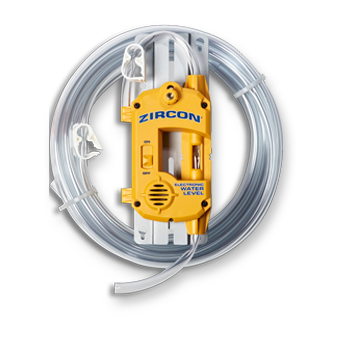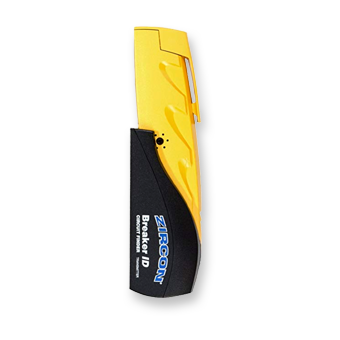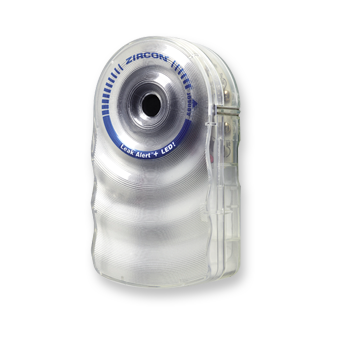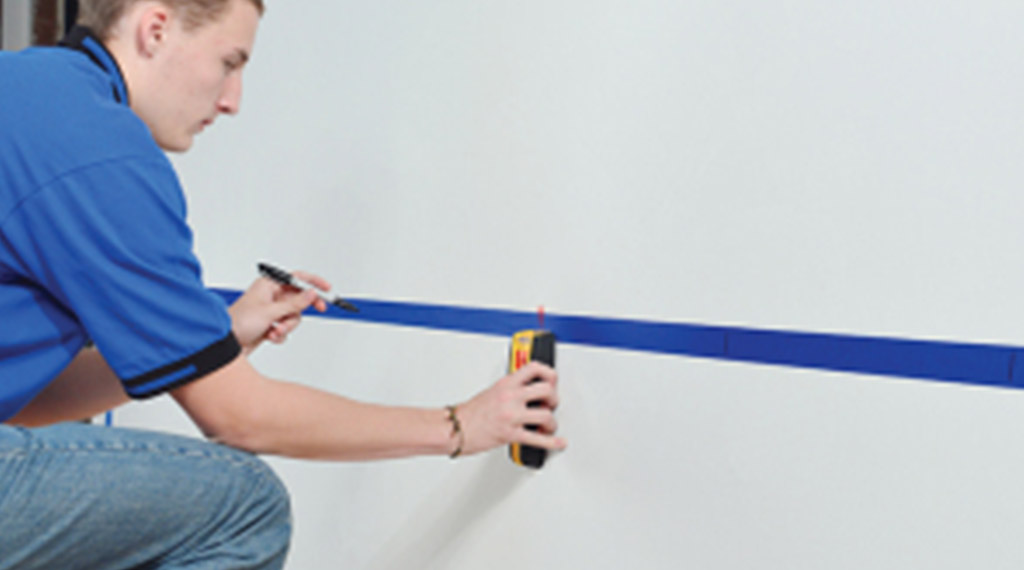This is a follow-up blog to the popular blog entitled: “A Wall is a Wall is a Wall”. I received a bunch of positive feedback from it, and folks have found the article to be very useful. With that said, here is more information about the often unsung and misunderstood… wall.
You can reasonably expect a typical wall in your home to have certain common properties and specs. Most interior home construction after the early 1950’s switched to the use of drywall wallboard (as opposed to plaster construction that had been employed for years prior to that). Drywall was, and is, much easier to deal with and more consistent. Most interior drywall is 1/2” thick. Some might be 5/8” (just a bit thicker). Certain walls in your home may be considered a “fire wall” which is a wall designed to slow a fire from spreading throughout the home. The fire wall’s drywall is doubled, so it’s at least 1” thick. These walls are built typically between an attached garage and the home, but they can be in other areas of the home as well.
Wall studs (the 2 X 4 wood planks that frame your walls), are spaced on 16” centers. This spec can vary throughout the home, especially in bathrooms, closets, kitchens and tight corners. So, while 16” is the normal rule, especially when there’s adequate space, don’t count on it all the time. And this is precisely why you need a Zircon stud finder.
Other issues to consider are various construction materials that may be contained within your walls. Insulation is most common, but depending on the room type (bathroom, kitchen, utility, and living area, for example) there can be other considerations. Moisture or sound barrier materials are fairly common. These extra materials create a “varying density” condition. In other words, that wall you thought was just 1/2” thick drywall is actually much thicker and it contains more than one density. Zircon stud finders operate by distinguishing the change in density.
This Zircon Tip Minute helps you locate double and triple wall studs.
It’s highly probable that not all the walls in your home are basic hollow ½”drywall construction. That’s why it’s so important that you map out where the studs in your walls are when you are completing your DIY projects. If you have questions or problems locating your wall studs, contact us at Zircon before you drill or nail into a wall. Zircon engineers a variety of different StudSensor models to address these various wall conditions. We help DIYers and professional contractors with these issues everyday and maintain a large knowledge base of information online too. You can be “master of the wall”, but first you must “know the wall”. Please, let us hear from you, and help you use our products successfully.
For more information, make sure to follow us on Twitter or like us on Facebook.

